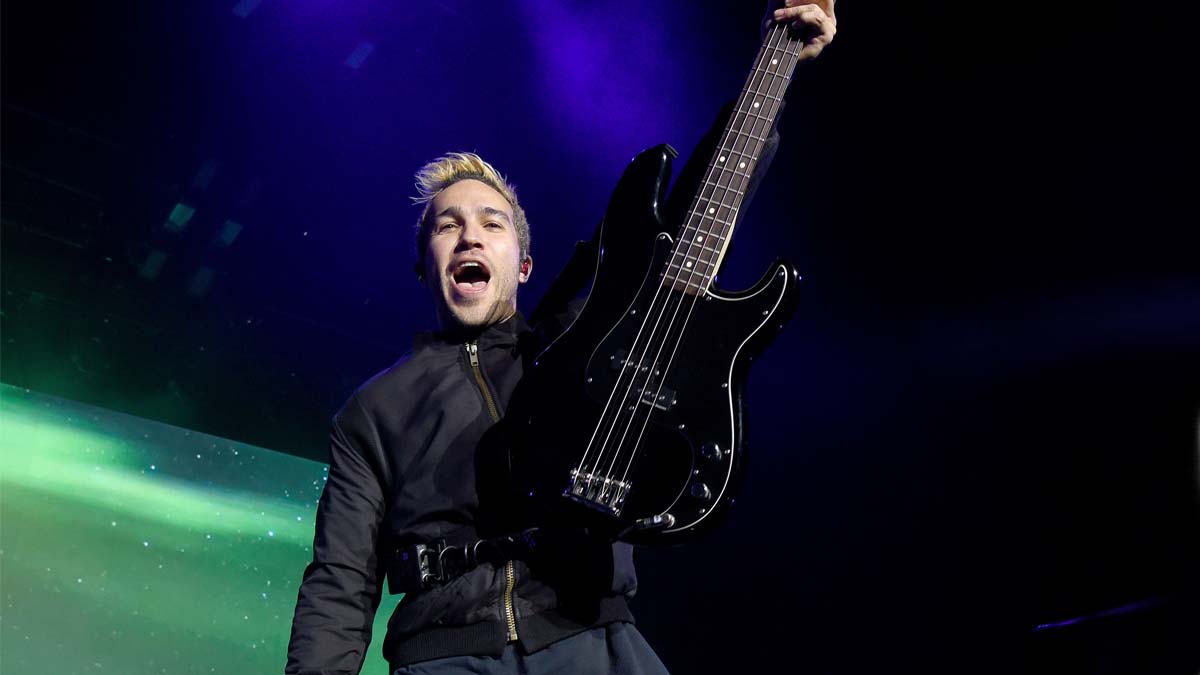What you need to know about wireless systems for guitar and bass
A guide on how to unplug and stay amplified

Welcome back! It’s time to turn our attention to the beginning of our signal path and resolve the long-standing debate – wireless or no wireless?
Why use a wireless anyway? Cable not good enough for you?
Well, the magic of being unleashed from an amplifier – sending your sound through the airwaves and leaving you free to prance about the stage – is hard to beat.
No cables, yours or anyone else’s, to get tangled up with; no standing on your cable and pulling it out of your bass, pedals or amp – and of course, there’s nothing like that age-old cliché of going for a little jaunt out into the audience to take in the atmosphere a bit more.
Wireless does come with downsides, though, and I’m here to talk about just a handful of those.

The best guitar wireless systems for all budgets
Wow, we didn’t see that coming. Go on then.
The wireless domain is divided into analog and digital. Analog, as the older technology, is relied upon in certain quarters, although improvements in newer digital tech is winning folks over. Let’s face it, right now the market is flooded with cheap systems. Some of these aren’t bad, but if you’re looking for top-quality, you’ll need a healthy bank balance.
Get The Pick Newsletter
All the latest guitar news, interviews, lessons, reviews, deals and more, direct to your inbox!
Who cares if it’s analog or digital, though?
Actually, the difference is noticeable. Analog units come in single and dual diversity – single or dual receiver in a box – the latter being better at tracking your signal as you move around the stage.
On the other hand, poorer systems can suffer from interference, trouble finding a decent frequency response for bassists, and over-zealous ‘companding’ (compression and expansion of audio) throughout the signal path.

So why is a digital transmitter better, exactly?
Digital units have a wider, cleaner frequency response, and a better dynamic range without the need for artificial compression. The downside is that some digital systems can occasionally suffer from signal dropouts when they’re sharing the stage with other wireless devices – wifi routers, in-ear monitors, digital mixers, tablets, and even the venue’s own wifi.
Cheaper digital systems may also suffer from excessive latency, which means the time it takes between you playing a note and it coming out of your amp. This gets worse if you use digital multi-effects units, and if you add your wireless IEM system to your signal path, you’re notching up some noticeable end-to-end delay.
Cheaper digital systems may also suffer from excessive latency, which means the time it takes between you playing a note and it coming out of your amp
This is all starting to sound like a pain to us. Why bother going wireless?
Because you can play your bass at a distance of up to 300 feet from your amp, rock star.
So I can just buy this thing, plug it in and play?
More or less, but beware of the issue of licensing. After all, you’re transmitting over the airways, and other services need a space in the spectrum for communications too.
I used to hear stories of passing taxis interfering with performances – and you’ve seen Spinal Tap, right? Before you buy anything, refer to your country’s governing body to find out if a device is likely to need a license.
- Save some cash with the best cheap wireless guitar systems

![A black-and-white action shot of Sergeant Thunderhoof perform live: [from left] Mark Sayer, Dan Flitcroft, Jim Camp and Josh Gallop](https://cdn.mos.cms.futurecdn.net/am3UhJbsxAE239XRRZ8zC8.jpg)








